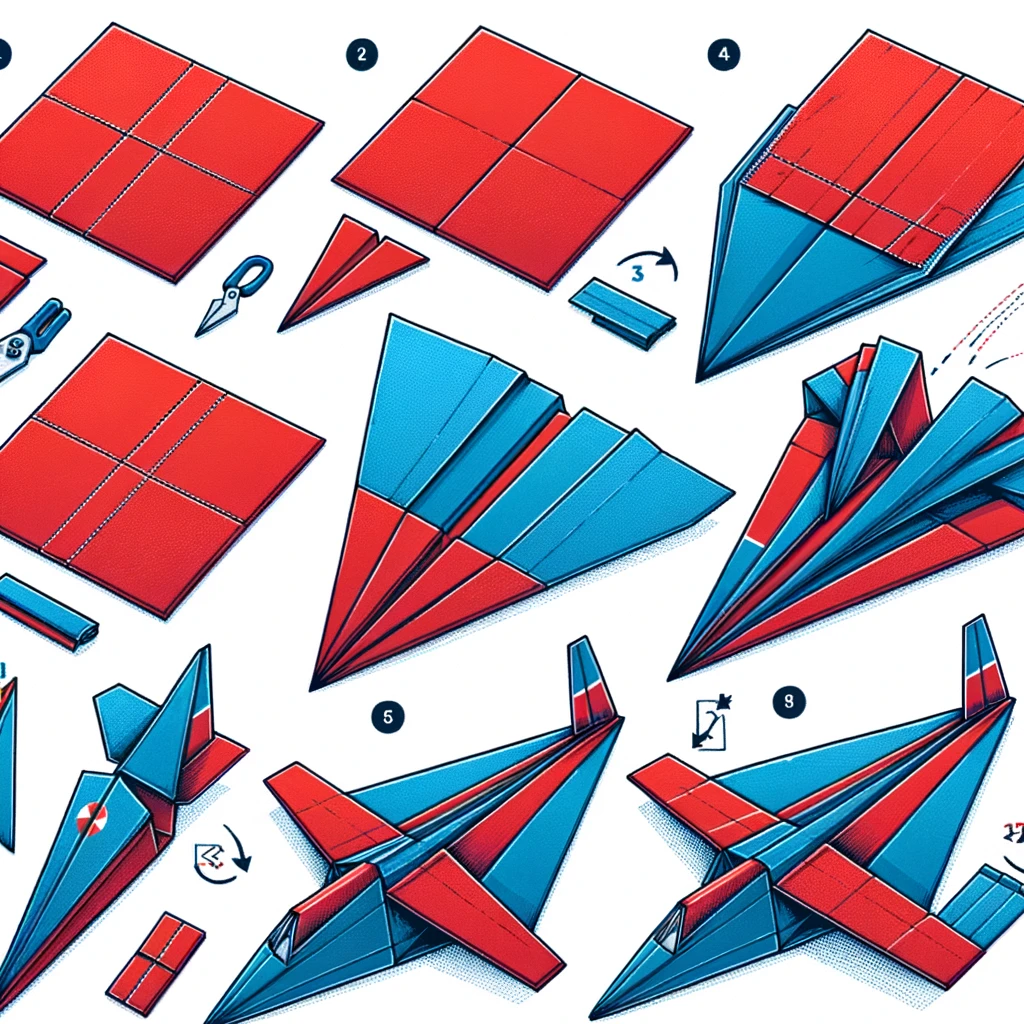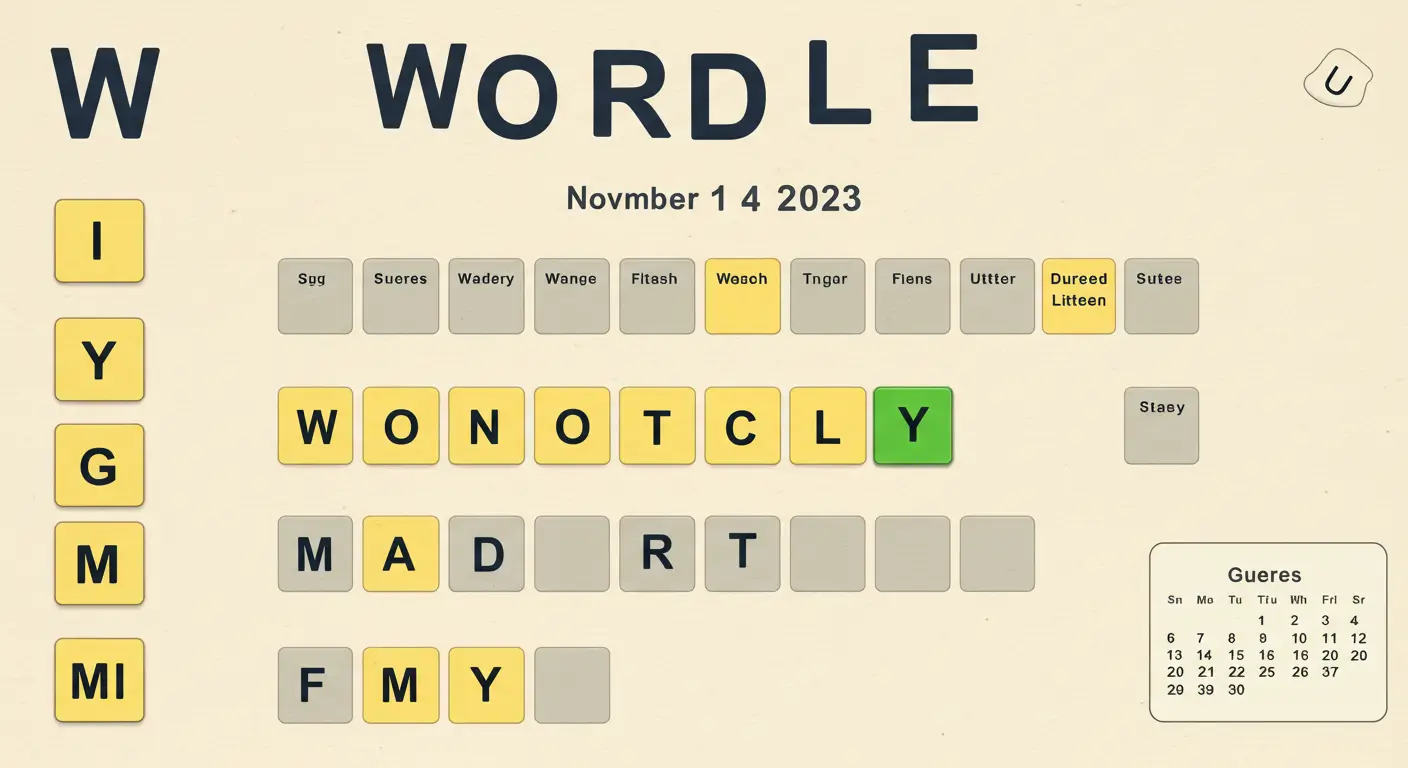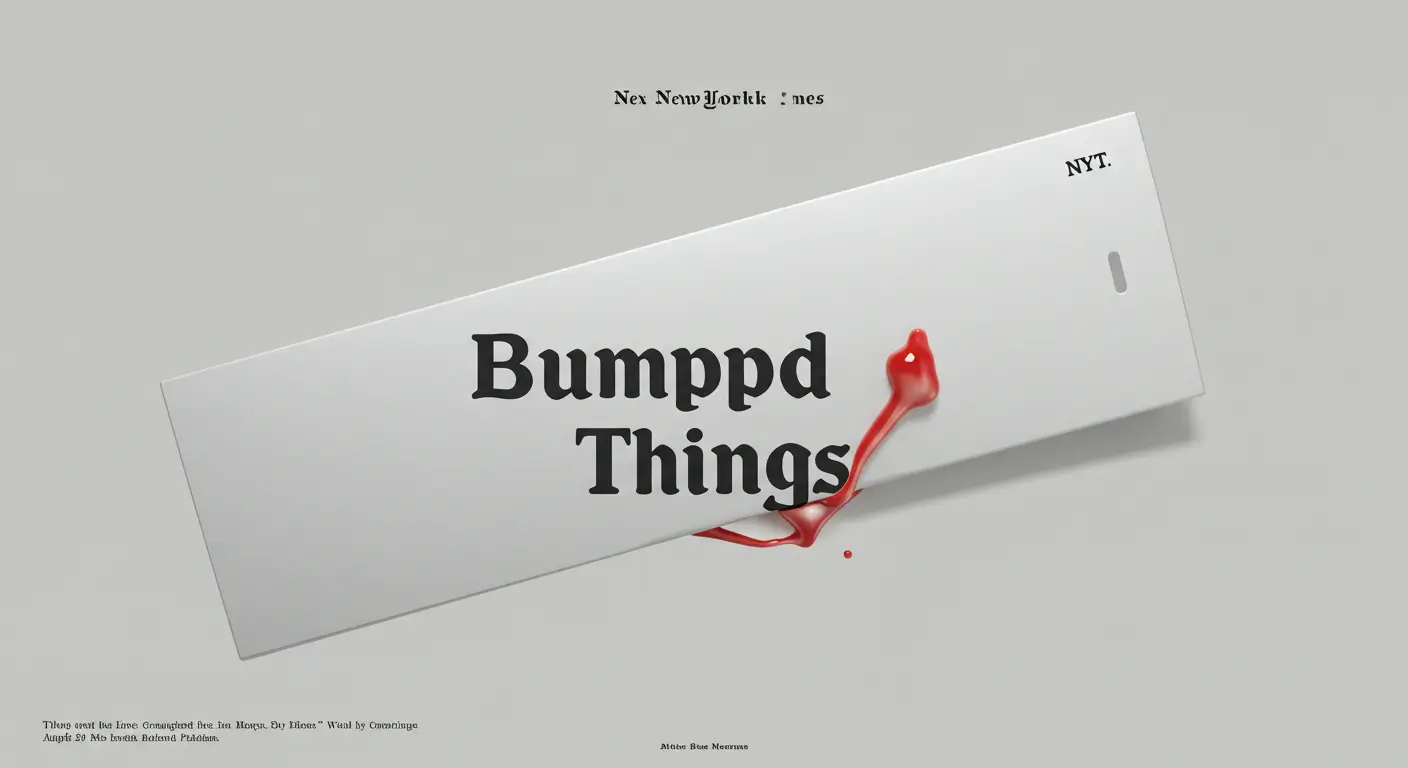The “Big Pussycat” model airplane, designed by Baxter and featured in the December 2006 issue of Flying Models magazine, is an excellent choice for enthusiasts looking to embark on an exciting journey into the world of model aviation. This comprehensive guide will provide step-by-step instructions and a detailed overview of the materials and processes involved in constructing your “Big Pussycat” model airplane.
Table of Contents
Step 1: Gathering Materials for Big Pussycat Airplane
- Balsa Wood Sheets (BWS): You’ll need sheets of varying thicknesses – 1/16-inch (BWS1), 1/32-inch (BWS2), and 1/8-inch (BWS3).
- Balsa Wood Sticks (BWK): These are essential for the framework.
- Rubber Band (RB): The power source.
- Propeller (P) and Rubber Motor (RM)**: Required for propulsion.
- Tissue Paper (TP): To cover wings and tail surfaces.
- Glue (G): Use a suitable wood glue.
- Sandpaper (SP): An assortment of different grits.
- Exacto Knife (EK) and Cutting Mat (CM)**: For precise cutting.
Step 2: Cutting Parts
- Use the following variables for the dimensions:
- Length of BWS1: L1
- Length of BWS2: L2
- Length of BWS3: L3
Step 3: Assembling Framework
- Construct the fuselage (F), wing (W), and tail (T) frameworks using BWK.
- Use G to secure joints, and let them dry for ‘D’ minutes.
Step 4: Covering with Tissue Paper
- Apply G to each surface (S) framework and attach TP.
- Trim excess TP neatly.
Step 5: Rubber Motor Attachment
- Secure RM at the front of the airplane.
- Wind the RM with a specified number of turns (N).
Step 6: Balancing
- Balance is crucial for a stable flight.
- Adjust the position of RM, T, and other components for optimal balance.
Step 7: Test Flights
- Perform test flights to evaluate performance.
- Adjust the number of turns on RM for stable flight.
Step 8: Finishing Touches
- Personalize the airplane with paint or decorations (D).

Please note that the dimensions and measurements should be obtained from the “Big Pussycat” plans. You can assign numerical values to the variables above based on your plans and materials. This mathematical breakdown provides a structured approach to building the model airplane, but precise measurements and adjustments are essential for success.
For More Games Visit: New Games
- Preparation of Plans: Start by obtaining a copy of the “Big Pussycat” model airplane plans. These can be found in the December 2006 issue of Flying Models magazine or accessible online.
- Precise Part Extraction: Utilizing the plans as your guide, meticulously cut out all the necessary components from the balsa wood sheets. Precision in measurement and cutting is paramount to ensure the model’s accuracy.
- Framework Assembly: Initiate the assembly process by constructing the fuselage framework, followed by the wing and tail frameworks. Secure the joints using wood glue, allowing adequate drying time between steps.
- Tissue Paper Covering: Once the framework is dry and complete, apply tissue paper to cover the wings and tail surfaces. Employ a thin layer of glue to adhere to the tissue paper, ensuring that any excess is neatly trimmed. Repeat this process for all required surfaces.
- Rubber Motor Attachment: Carefully affix the rubber motor to the front section of the airplane. Ensure it is securely fastened and correctly wound to optimize flight performance.
- Balancing Act: Correct balance is pivotal for successful flights. Carefully assess and adjust the positioning of the rubber motor, tail, and other components as needed to achieve optimal balance.
- Inaugural Test Flights: Conduct test flights in an open area to evaluate the model’s performance. Fine-tune the winding of the rubber motor and make any necessary adjustments to ensure stable and controlled flights.
- Finishing Touches: Personalize your “Big Pussycat” model airplane by adding your choice of paint or decorations. Acrylic paints or markers can give your model a distinctive and unique appearance.
Conclusion:
The construction of the “Big Pussycat” model airplane offers a fulfilling and educational experience, especially for those new to model aviation. By adhering to these meticulously outlined steps and maintaining precision throughout the process, you can create a remarkable model that exemplifies craftsmanship and provides hours of enjoyment as it gracefully soars through the skies.
Remember that mastery comes with practice; as you gain experience, you can fine-tune your “Big Pussycat” for even more outstanding performance. Cherish the journey of building and piloting your model airplane, and relish the joy of seeing your creation take flight.










